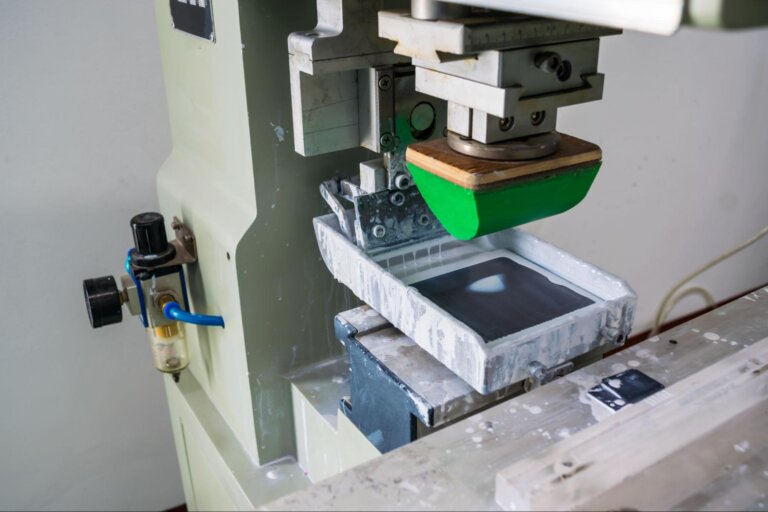Time to read: 9 min
In the world of injection molding services, manufacturers and designers have several techniques at their disposal to create high-quality, functional, and aesthetically pleasing plastic parts. Among the most advanced and versatile techniques are two-shot injection molding and overmolding. Both techniques offer unique advantages and are suited for different applications, yet they are often confused or misunderstood. By understanding the intricacies of each method, professionals can optimize their manufacturing processes and leverage the strengths of each technique for their specific project needs.
Understanding Two-Shot Injection Molding
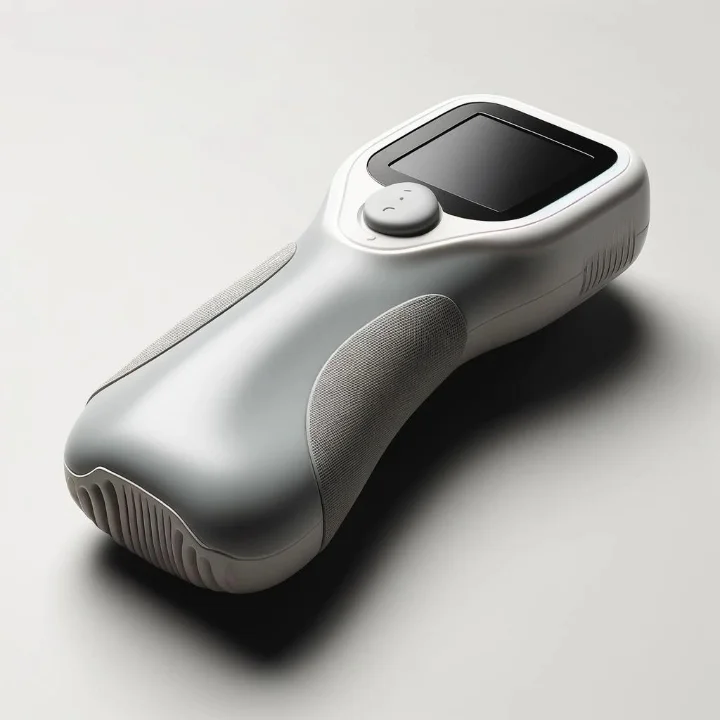
Defining Two-Shot Injection Molding
Two-shot injection molding, also known as dual injection, multi-shot, or 2K molding, is a highly specialized process that combines two different materials or colors into a single injection molded part. This advanced molding technique involves injecting two types of polymers into the same mold through separate injections but within the same molding cycle. The result is a complex part that can have varying colors, textures, or material properties, seamlessly integrated without the need for post-molding assembly.
The Process and How It Works
The process of two-shot injection molding is executed in a specialized molding machine that is equipped with two or more injection units. The core of the process lies in the precise control of the injection units and the mold design, which needs to accommodate multiple injections.
Here’s how it typically unfolds:
- First Shot: The first material is injected into the mold, where it forms the part’s substrate layer.
- Mold Rotation or Plate Shift: After the first injection, the mold either rotates or shifts to align the first part in a new cavity position for the second injection.
- Second Shot: The second material is injected, bonding chemically or mechanically to the first layer to form the final part.
The entire process is highly automated and controlled, requiring less labor and minimizing the risk of human error, which is crucial for the high-volume production of complex parts.
Ashwin Kasirajan is a Fictiv Manufacturing Engineer who works with customers on their injection molding programs. To understand the importance of tool design in two-shot injection molding, he explains, “The tool must allow both stages of the part to be molded in the same tool in order to achieve maximum production efficiency. The design must consider two separate injection stages that can be rotated 180 degrees or oriented to allow a robot to transfer the components. Each injection station is run by an independent injection unit, which allows injection speeds and pressures to be controlled for each material being utilized.”
Kasirajan also points out the importance of precision throughout the process, “Because the mold shifts or rotates along the axis, the interchangeability of the core and cavity at both sides must be ensured.”
Throughout production, the accuracy of the molds is checked using a coordinate measurement machine (CMM, a three-dimensional measurement device) to prevent injection molding flaws that can occur from misalignment, such as flash.
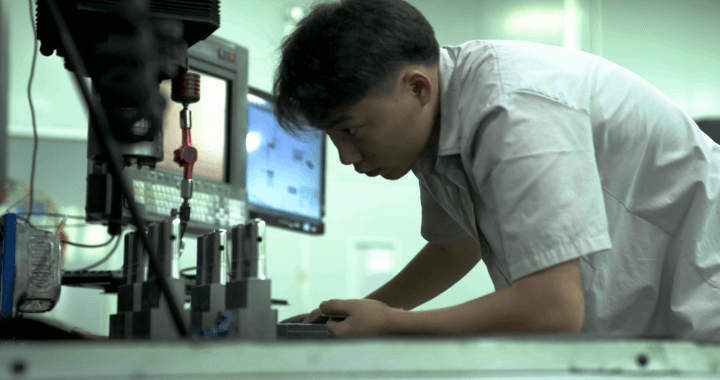
Key Applications and Industries
Two-shot injection molding is particularly valuable in industries where part durability, aesthetic qualities, and production efficiency are paramount. Common applications include:
- Automotive Components: Such as seals, gaskets, airbag covers, and other parts that require a combination of rigid and flexible materials.
- Medical Devices: For ergonomic and safe medical tools that often require a soft grip integrated with a more rigid structure.
- Consumer Electronics: In manufacturing items like mobile phone cases, wearable devices, and remote controls, where aesthetic appeal and functionality go hand in hand.
Two-shot injection molding is a preferred choice for many high-end applications in these sectors because it can mold parts that meet strict technical specifications while also addressing the need for visually appealing designs.
Delving into Overmolding
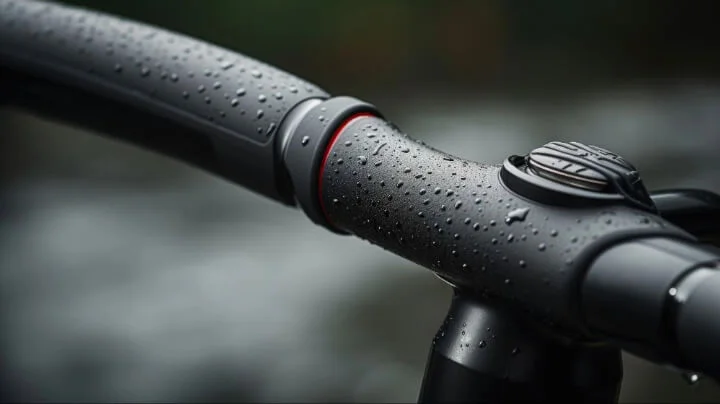
What Is Overmolding?
Overmolding is a versatile manufacturing technique where a single part is created through the sequential injection of two or more materials onto a base part or substrate. The primary material, usually a rigid plastic, forms the substrate, while the secondary material, often a softer plastic or rubber, is molded over the first. This process not only enhances the product’s functionality but also improves its aesthetic appeal and tactile experience.
Detailed Look at the Overmolding Process
The overmolding process involves several key steps:
- Substrate Manufacturing: Initially, the substrate part is molded using a standard injection molding machine. This part acts as the skeleton around which the secondary material is molded.
- Placing the Substrate: Once the substrate is molded, it is placed into a new mold where the overmolding material will be injected. This can be done manually or automatically, depending on the complexity and volume of the production.
- Second Material Injection: The second material is injected over the substrate, which creates a bond during the molding process. The bond can be mechanical (interlocking shapes) or chemical (compatible materials).
- Curing and Ejection: After the second material has been molded, it cools and solidifies, integrating with the substrate. The final part is then ejected from the mold.
Overmolding Applications Across Various Sectors
Overmolding is used in a wide range of industries due to its ability to add enhanced properties to a part, such as improved grip, aesthetics, and durability. Typical applications include:
- Consumer Products: Toothbrushes, cooking utensils, hand tools and other handheld devices benefit from a soft grip material overmolded onto a hard substrate.
- Medical Equipment: Overmolding is used to create ergonomic and non-slip surfaces on medical devices, such as surgical instruments and equipment handles.
- Sporting Goods: Many sports equipment, such as golf club grips, bicycle handlebar grips, and protective gear, utilize overmolding to combine performance with comfort and durability.
The versatility of overmolding makes it ideal for customizing parts that require tactile and aesthetic qualities in addition to functional performance. This method is especially beneficial where the production scale or budget constraints do not justify the higher initial costs associated with two-shot injection molding.
As we compare overmolding to two-shot injection molding, understanding their specific applications and the subtleties of each process will be crucial in determining the best approach for any given manufacturing requirement.
Comparing Two-Shot Injection Molding and Overmolding
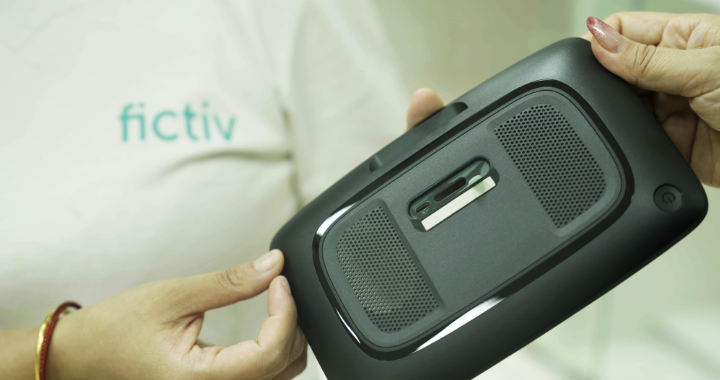
Both two-shot injection molding and overmolding are employed to create multi-material components, enhancing functionality, aesthetic appeal, and product performance. However, they diverge significantly in their methods, applications, and ideal production scenarios.
Similarities:
- Multi-Material Production: Both techniques allow the integration of different materials into a single component.
- Enhanced Product Features: They can improve the product’s mechanical properties, aesthetics, and ergonomics.
- Reduced Assembly Requirements: Each process reduces the need for post-molding assembly, leading to streamlined manufacturing workflows.
Differences:
- Process Complexity and Equipment: Two-shot injection molding requires complex machinery that can inject two plastics into the same mold during the same cycle. Overmolding, meanwhile, can often be accomplished with standard injection molding machines and a secondary process.
- Material Bonding: In two-shot molding, the bond between materials needs to be strong and is often chemically based, requiring compatible materials. Overmolding can utilize mechanical bonding techniques, allowing for a broader range of material combinations.
Cost and Volume Efficiency: Two-shot molding is generally more cost-effective at high volumes due to its efficiency and speed, while overmolding can be more suitable for lower volumes or prototypes due to its simpler setup and lower initial costs.
Material Considerations
Choosing the right injection molding materials is crucial for the success of both processes. For two-shot injection molding, materials must be carefully selected to ensure they can bond well and withstand the molding temperatures and pressures without degrading. Typically, materials with similar melting temperatures and chemical properties are chosen.
In contrast, overmolding offers more flexibility with material selection since the secondary material only needs to adhere mechanically to the substrate or use adhesives or primers for chemical bonding. This allows the use of materials with different properties, such as a rigid plastic base with a soft silicone or rubber overlay.
It’s not uncommon to need support when reviewing and selecting the right material for your project needs. When requesting an injection molding quote, Fictiv’s global team of manufacturing engineers can provide valuable guidance to ensure your manufacturing success. We also created Materials.AI, a first-of-its-kind AI assistant, to help you navigate the complex landscape of materials choices.
Ideal Production Volumes
- Two-Shot Injection Molding: Best suited for higher-volume production where initial setup and mold design costs can be amortized over large production runs. It is particularly advantageous when consistent quality and precision are required across thousands or even millions of parts.
- Overmolding: More adaptable to smaller or medium-scale projects where production flexibility is needed. Overmolding is cost-effective for shorter runs because it can utilize standard injection molding equipment and simpler tooling modifications.
Two-Shot Injection Molding vs. Overmolding: Choosing the Right Method for Your Project
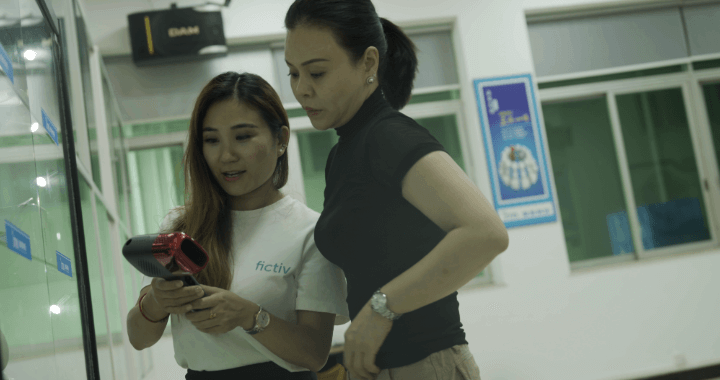
Deciding between two-shot injection molding and overmolding depends on several factors, including the project’s scale, budget, material requirements, and final product application.
- Two-shot injection molding is typically the best choice for larger-scale production that requires high precision and the integration of materials with close compatibility.
- Conversely, overmolding provides the necessary flexibility and cost efficiency for smaller batches or when working with a broader range of materials.
Kasirajan puts it simply, “Choose overmolding if the quantity is not too high—only a few thousand or ten thousand—to save some money on molds. If your program requires quantities of 500,000 or more, the more cost-effective process is two-shot injection molding.”
“However,” he advises, “depending on the part’s structure, some features can only be accomplished by double-shot injection molding, while others can only be completed by overmolding.”
Sourcing Simplified for Custom Manufacturing
By thoroughly assessing the requirements of your specific application and considering the pros and cons of each method, the injection molding experts at Fictiv can help you select the most appropriate injection molding process to achieve your manufacturing goals.
We provide streamlined access to a Fortune 500-class supply chain, complete with extensive capabilities, hands-on quality management, and a best-in-class technology platform for quoting, DFM, and order tracking. Request a free quote to get started!
Common Questions: Two-Shot Injection Molding vs. Overmolding
1. What are the most common materials used in both processes?
In both two-shot injection molding and overmolding, thermoplastics are commonly used due to their versatility and ease of molding. For two-shot injection molding, materials like ABS (Acrylonitrile Butadiene Styrene), polycarbonate, TPE (Thermoplastic Elastomers), and TPU (Thermoplastic Polyurethane) are popular. These materials are chosen for their ability to bond well during the molding process and withstand the rigors of repeated use.
Overmolding frequently uses similar base materials, such as ABS and polycarbonate, but often pairs them with softer, more flexible materials like silicone or soft PVC. These combinations provide enhanced grip, aesthetic qualities, or additional functionality, such as shock absorption or water resistance.
2. How do I determine which process is best for my product?
Choosing the right process depends on several factors:
- Material Compatibility: Ensure that your selected materials are suitable for bonding in the chosen process.
- Production Volume: Consider two-shot injection molding for larger volumes due to its efficiency and lower per-part cost at scale. Overmolding may be more suitable for smaller or medium-scale production.
- Complexity and Functionality: Evaluate the complexity of the design and the functionality required. Two-shot injection molding is better for intricate designs requiring precise material integration, while overmolding is ideal for adding soft-touch surfaces or non-slip grips.
3. Which process, two-shot injection molding or overmolding, is more cost-effective?
Two-shot injection molding generally becomes more cost-effective at higher volumes due to its ability to produce complex multi-material parts in a single cycle, reducing labor and operational costs. However, the initial investment in setup and tooling is significant. Overmolding, while potentially higher in per-part cost due to longer cycle times and additional labor, requires less upfront investment and can be more cost-effective for smaller production runs.
4. How does the quality of the final product differ between two-shot injection molding and overmolding?
Two-shot injection molding often results in a higher consistency and stronger bond between materials, as the process is fully automated and materials are chosen for their chemical compatibility. This can lead to improved structural integrity and performance. Overmolding, while providing good quality and functional enhancements, may face challenges with material bonding if not properly designed, potentially affecting durability.
5. How do cycle times compare between two-shot injection molding and overmolding processes?
Two-shot injection molding typically has shorter cycle times because it completes the part in one continuous, automated cycle. Overmolding requires multiple cycles (one for each material layer), potentially increasing total production time, especially if manual labor is involved in transferring substrates between molds.
6. Which process offers more design flexibility: two-shot injection molding or overmolding?
Overmolding offers more design flexibility due to its ability to combine a wide range of materials that do not necessarily have to be closely compatible. It allows for the addition of different textures, colors, and properties with fewer constraints on the molding environment. Two-shot injection molding is precise and efficient for producing complex, multi-material parts. However, material compatibility and design precision are required for the positioning and bonding of materials.









